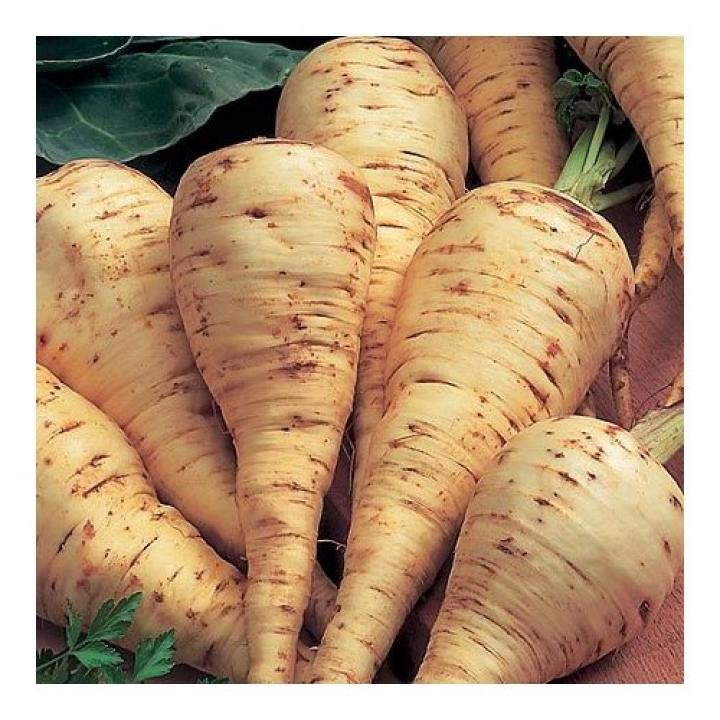
Parsnips, popular with ancient Greeks and Romans, were brought over to the Americas with the first colonists. Although parsnips are biennials, they are usually grown as an annual vegetable. Parsnips are a hardy, cool-season crop that is best harvested after a hard frost. Parsnips are not only tasty in soups and stews, but can also be enjoyed by themselves.
Planting
-
Always sow fresh seed.
-
Parsnips need a long growing season, so sow as soon as the soil is workable.
-
Loosen the soil to a depth of 12-15 inches and mix in a 2- to 4-inch layer of compost.
-
Sow 2 seeds per inch ½ an inch deep
-
Seedlings will emerge in 2-3 weeks
Care
-
Thin the seedlings to stand 3-6 inches apart.
-
Water during the summer if rainfall is less than 1 inch per week.
-
Always keep the beds free of weeds.
Pests/Diseases
-
Aphids
-
Leaf Miners
-
Carrot Rust Flies
-
Parsnip Canker (all cultivars but 'Tender and True' are resistant to this)
Harvest/Storage
-
Parsnips mature in about 16 weeks.
-
Leave your parsnips in the ground for a few frosts but harvest before the ground freezes.
-
If you leave them in the ground for the winter, cover them with a thick layer of mulch and harvest immediately after the ground thaws in the spring.
Recommended Varieties
-
'Avonresister' (short)
-
'Cobham Improved Marrow' (medium)
-
'Gladiator' (long)
Wit & Wisdom
Fine words butter no parsnips.






